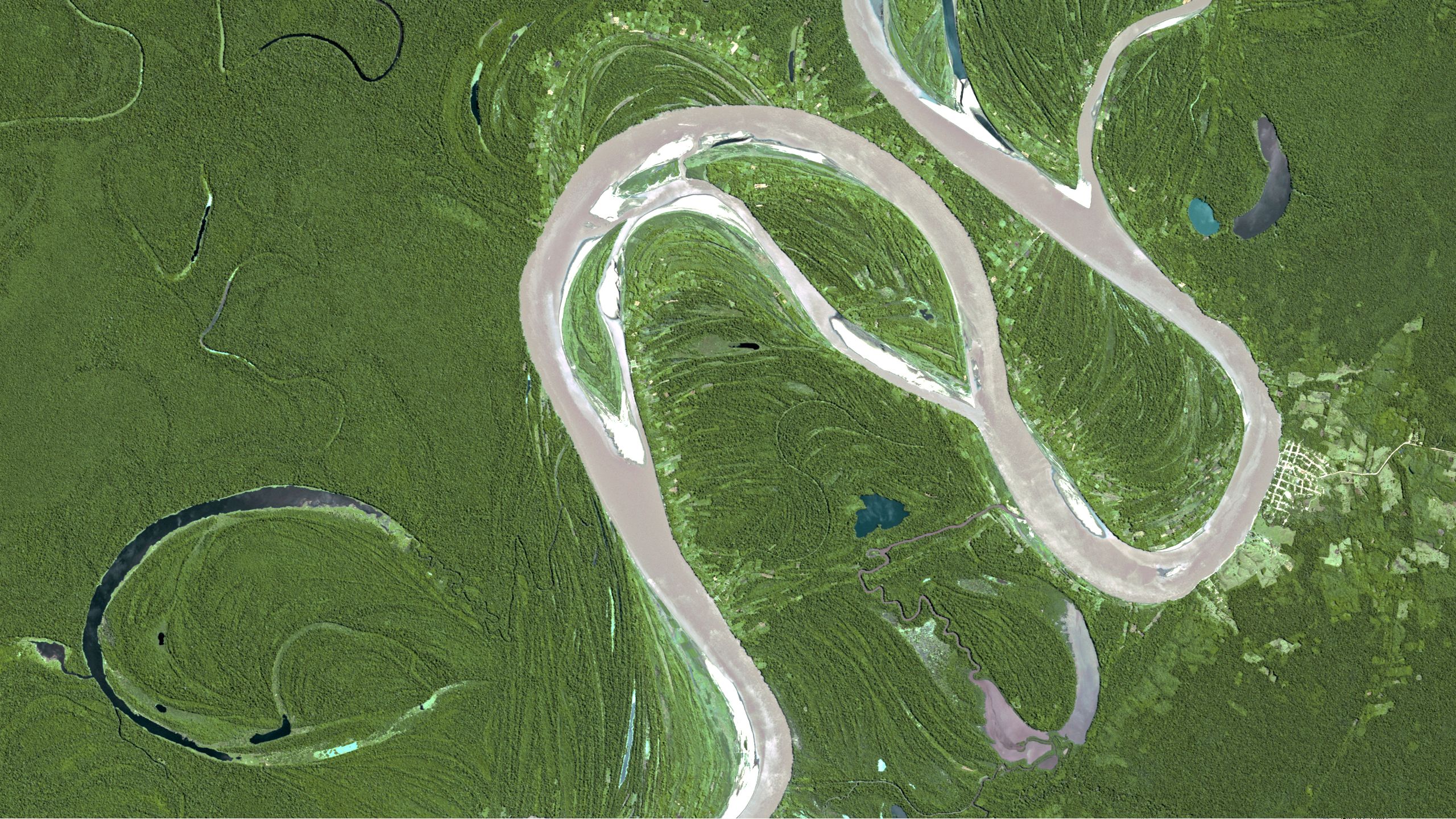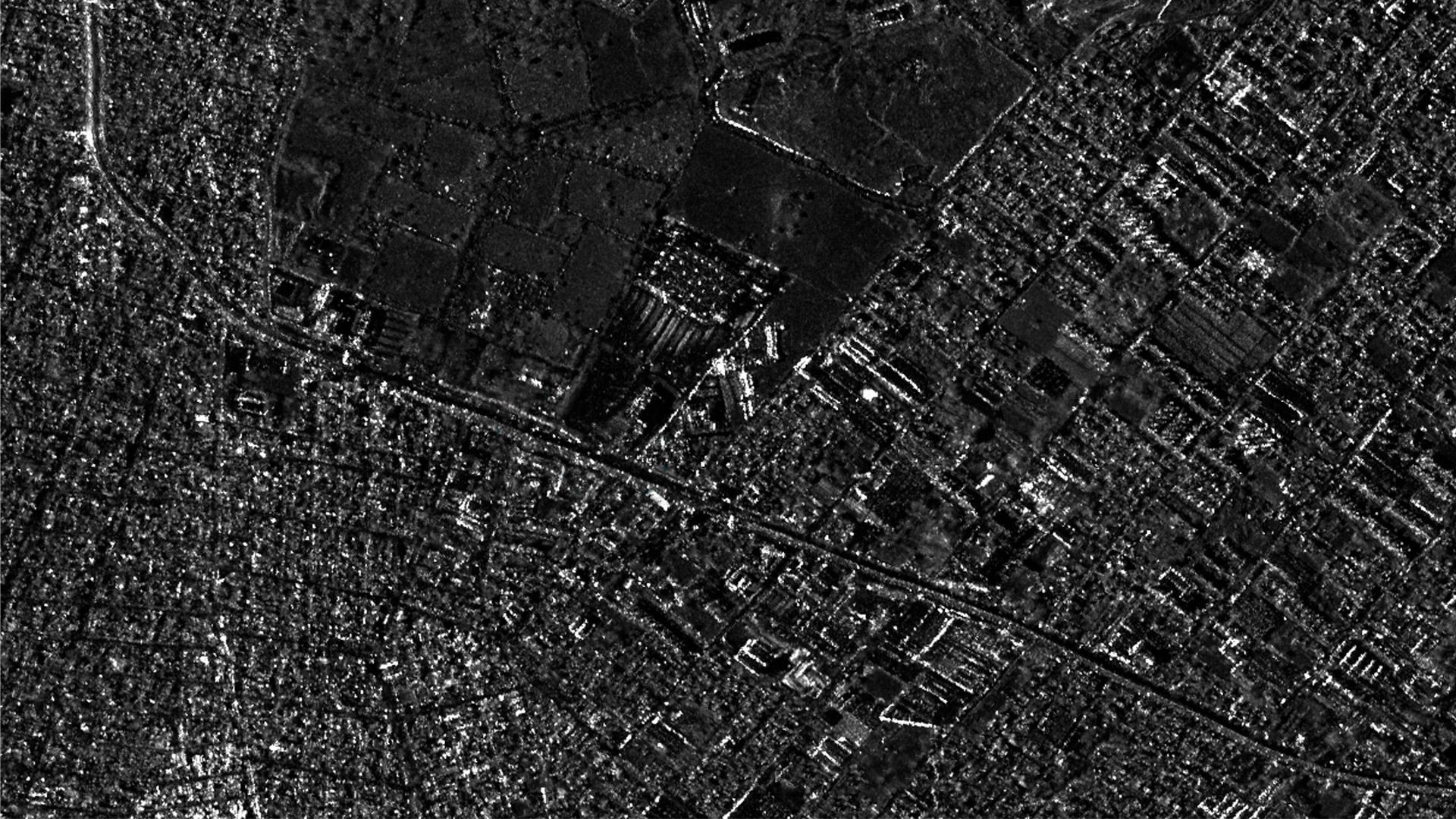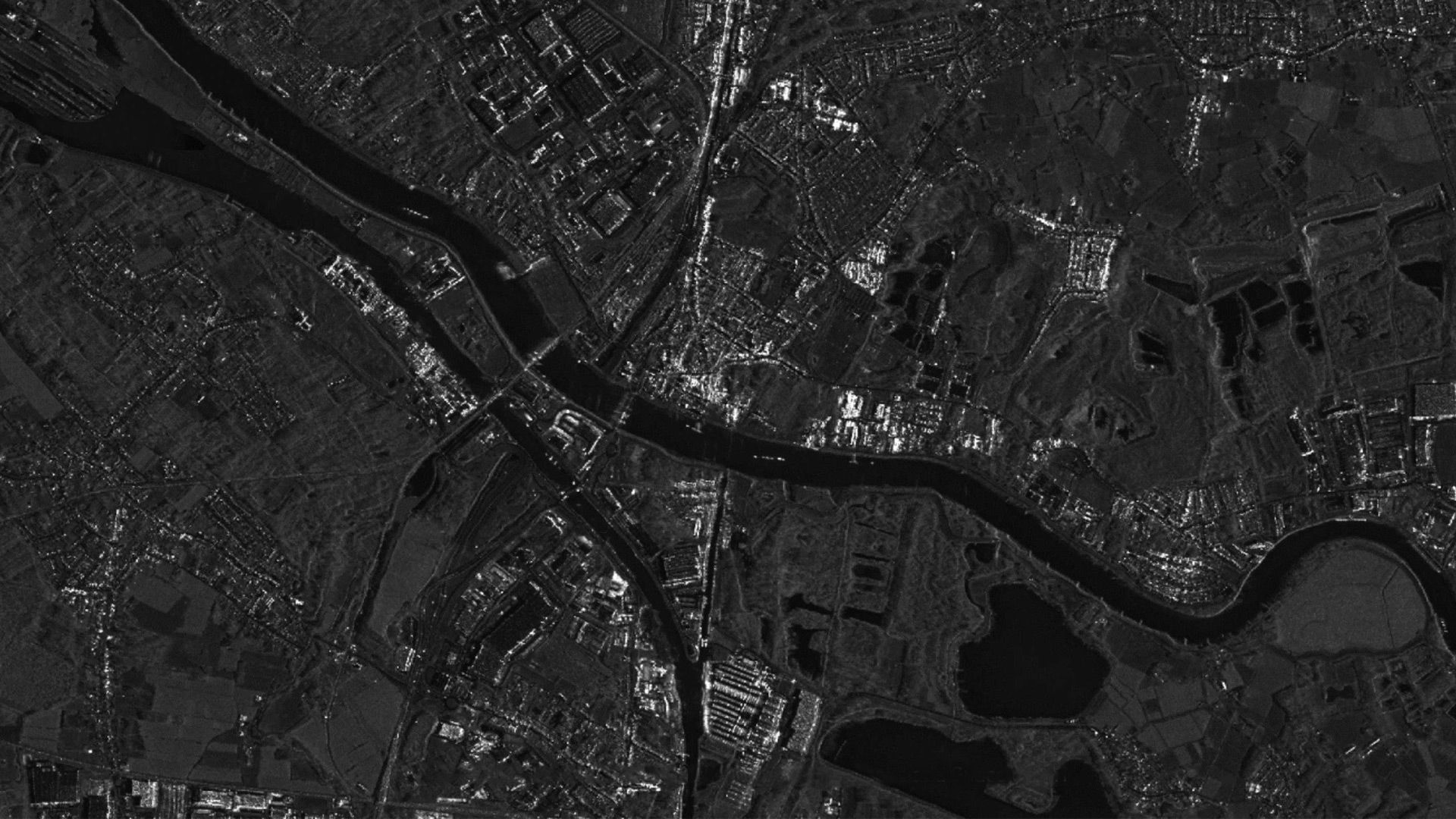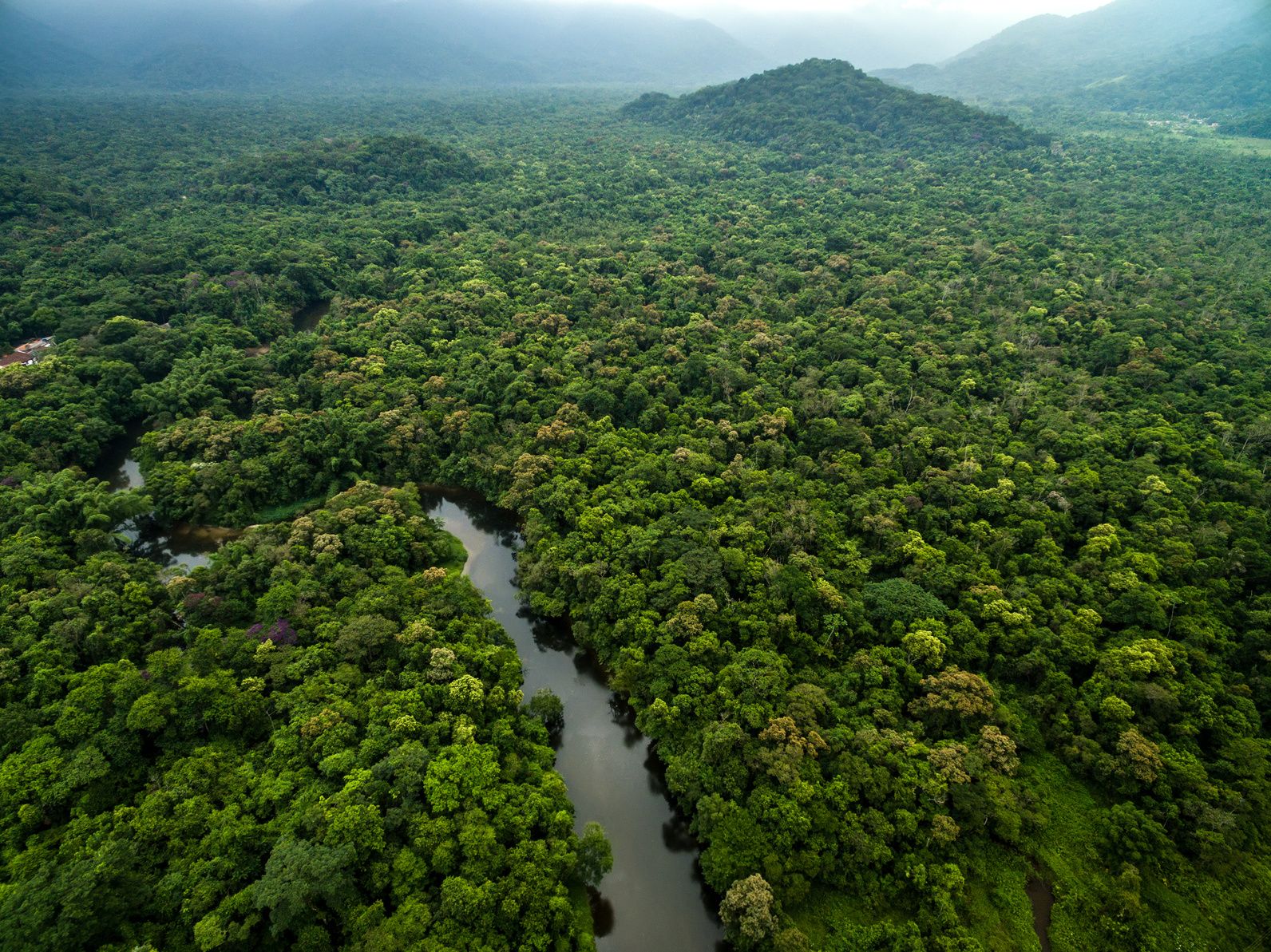
Home
Newsroom
Case Studies
Forestry Environment
Palm oil | Impacting the Amaz...
Starling | Impacting the Amazon and other key landscapes in Peru

Tocache is a key agricultural region in Peru, with smallholders growing most of the oil palm and cacao found here. About 1,200 oil palm farmers and 25,000 cacao farmers dot the region, which lost about 20,000 hectares of tree cover between 2001 and 2018, according to Global Forest Watch.
Tocache is close to three critically important conservation areas. Surrounding it is the Cordillera Azul National Park – home to more than 7,000 plant and animal species, and Rio Abiseo National Park – a UNESCO World Heritage site and the only place where the yellow-tailed woolly monkey is found. Tocache also borders the Boshumi Regional Conservation Area, which provides water to more than 69,000 people.
Our work in Peru started in 2015, when – with our support – Nestle approached supplier Grupo Palmas with regard to plans to plant oil palm on about 23,000 hectares of primary forest in the Peruvian Amazon. While Grupo Palmas stopped their plans and adopted an NDPE (No Deforestation, Peat and Exploitation) commitment, it led to the realisation that the only way to make up their production loss was to involve smallholders. This realisation led us to Tocache.
In Tocache, we piloted an indicative HCS Approach study at the landscape level; which was one of the first times this approach was used across a smallholder-dominated landscape.

The case for engagement
The study identified about 62,000 hectares of potential conservation areas. We have also begun working on improving oil palm smallholders’ livelihoods and have struck an agreement to integrate conservation areas we’ve identified into the government’s plans. Future plans include forming a coalition of civil society, government and business actors to create sustainable land-use plans in Tocache. We are also looking into compensating farmers to conserve forests on their lands and expanding scope of our work to other areas.
Watch this video to learn about the work that first brought us to Peru, which impacted thousands of hectares of rain forest in the Peruvian Amazon.

Earthworm Foundation is a non-profit organisation driven by the desire to positively impact the relationship between people and nature. With most of our staff operating directly on the ground where the issues are, we work with our member companies and partners to make value chains an engine to drive positive economic, environmental and social impact.
Want to know more?
Our sales team will be happy to provide you more information about this case study and how it can meet your business needs.



